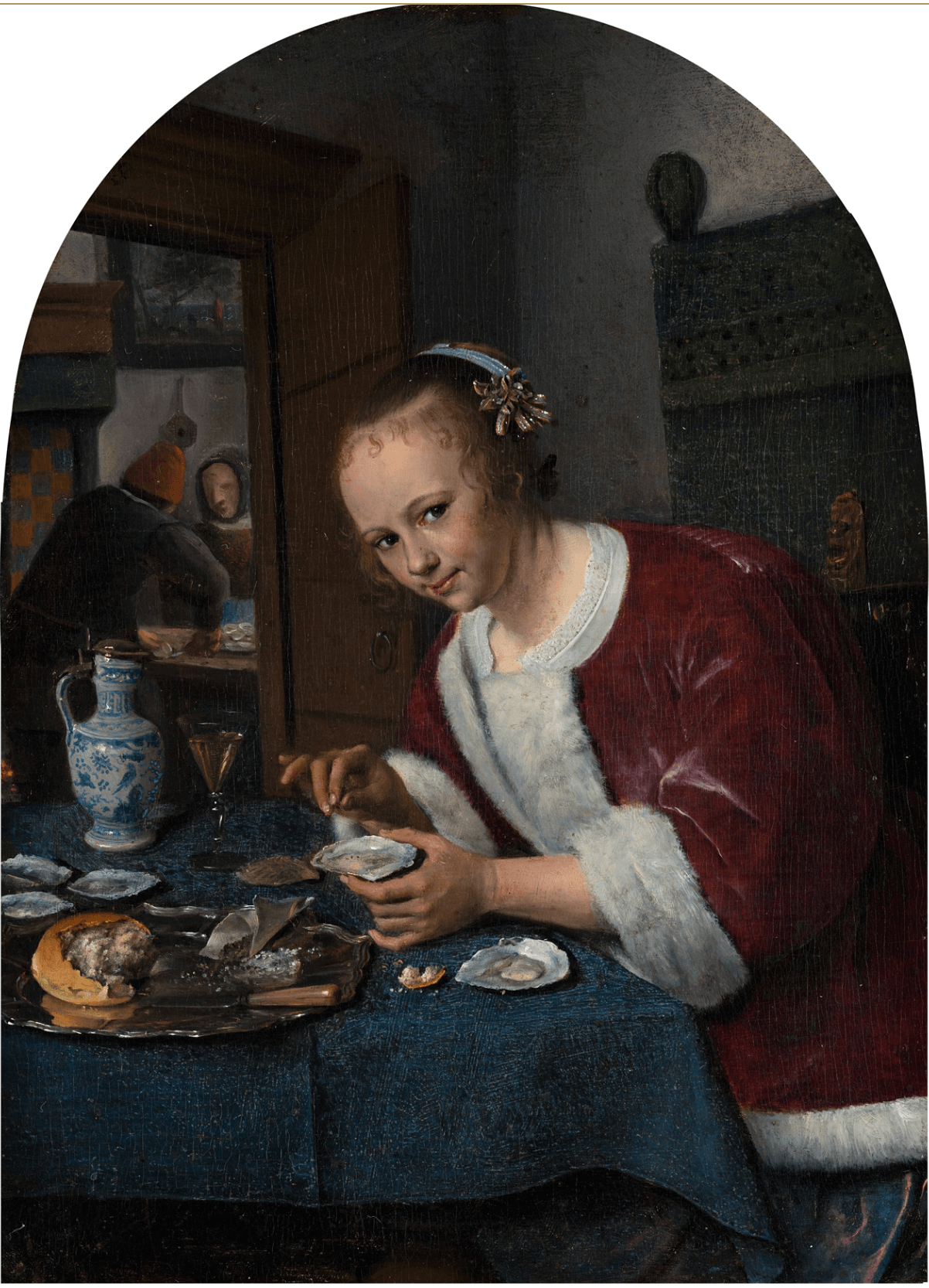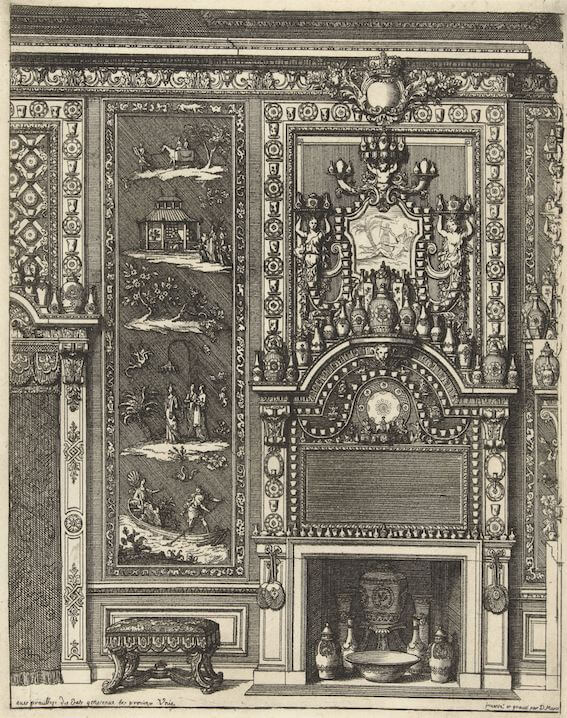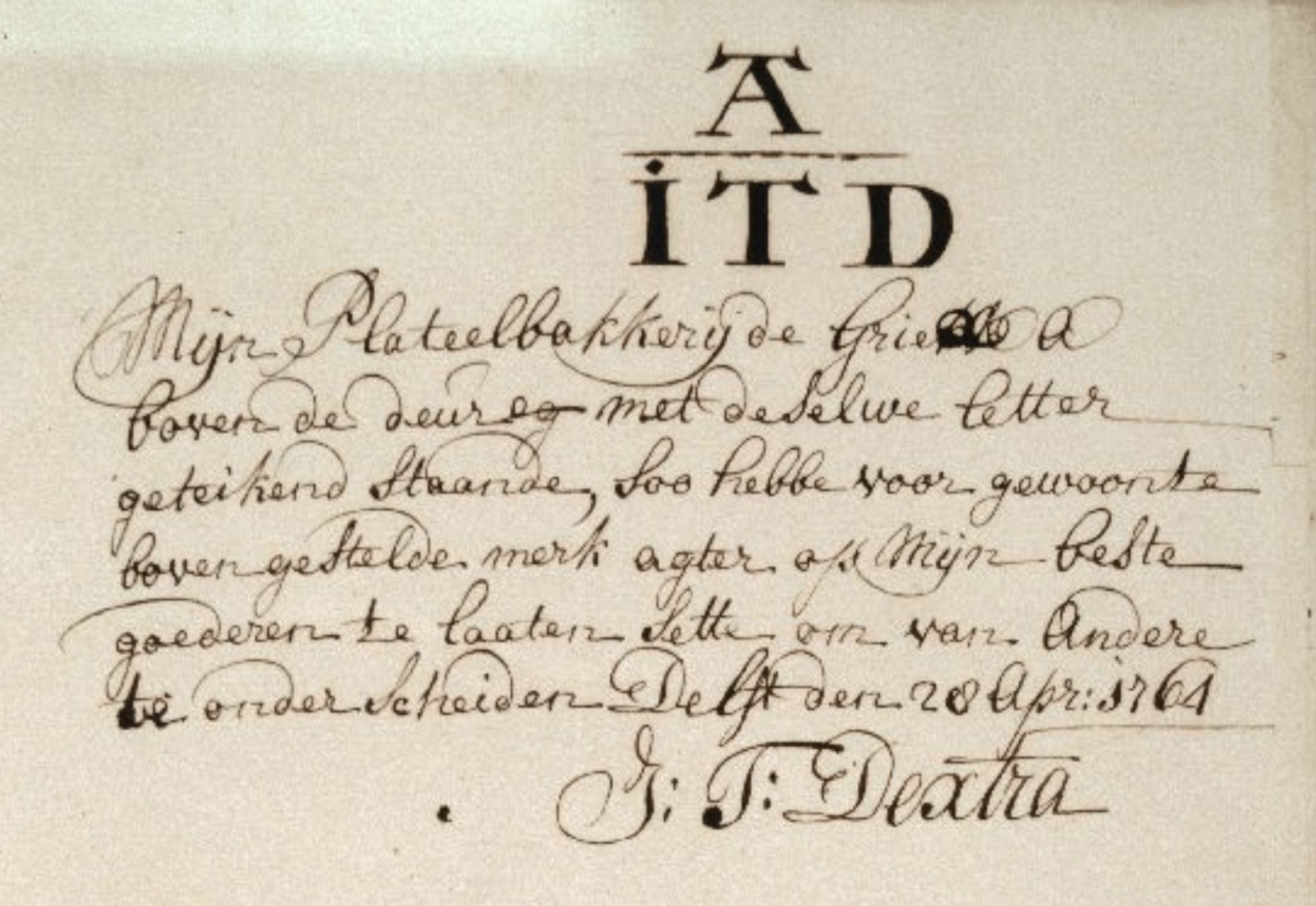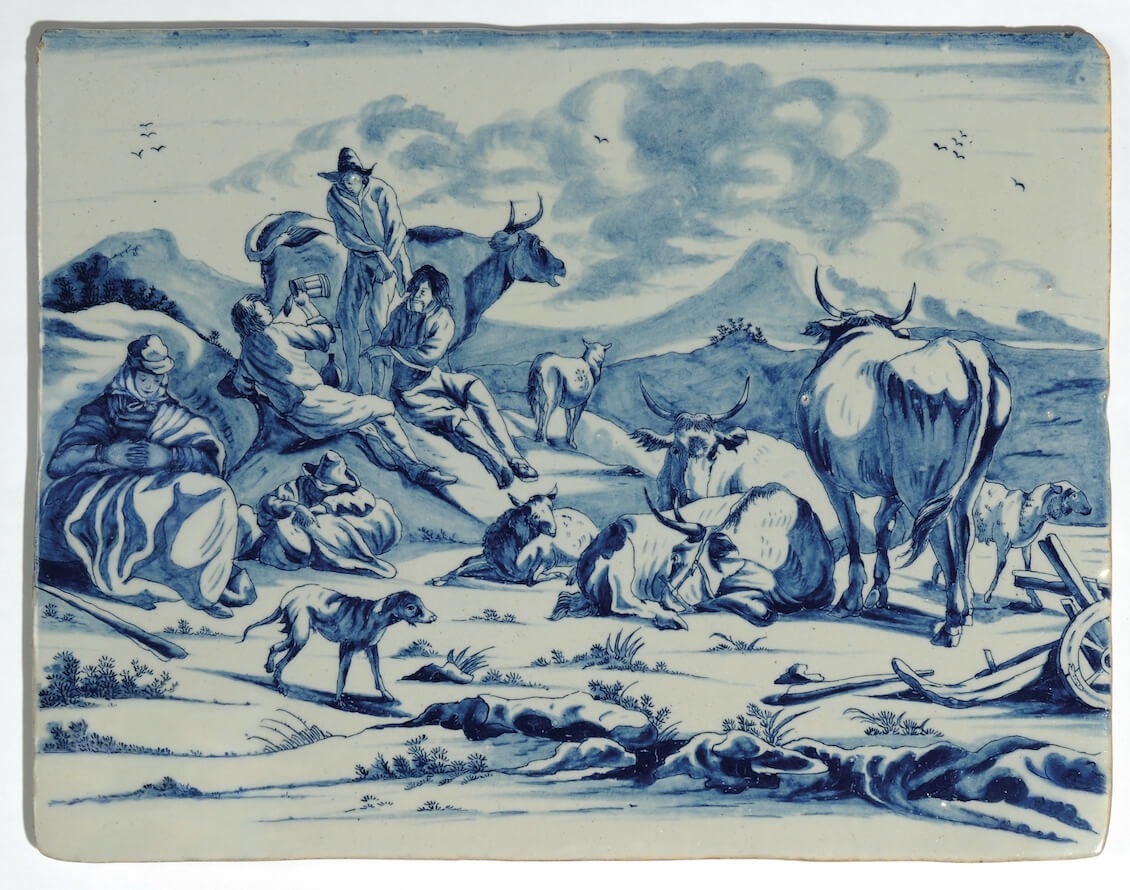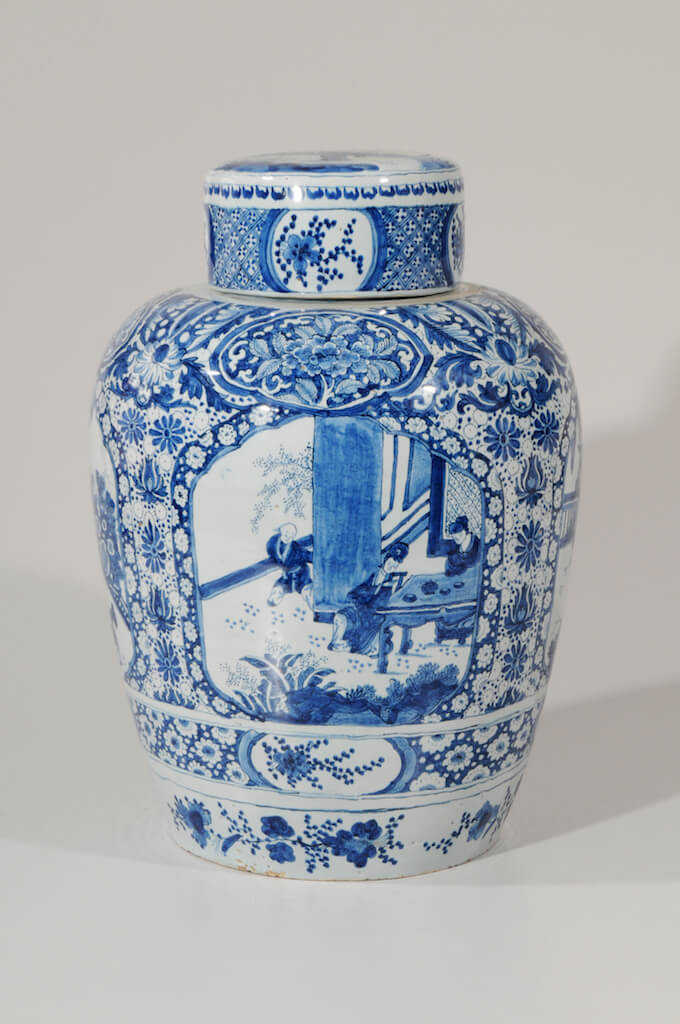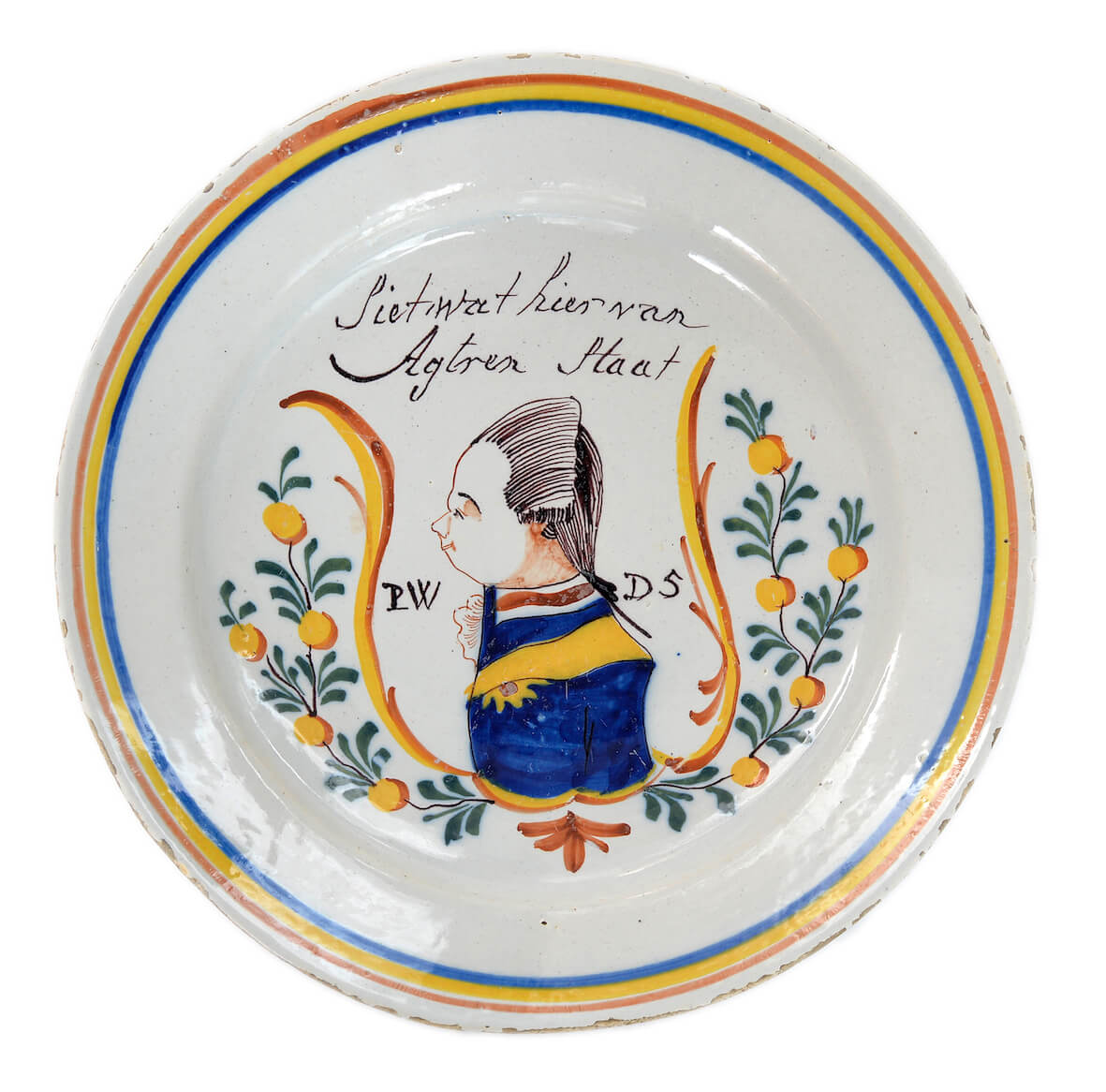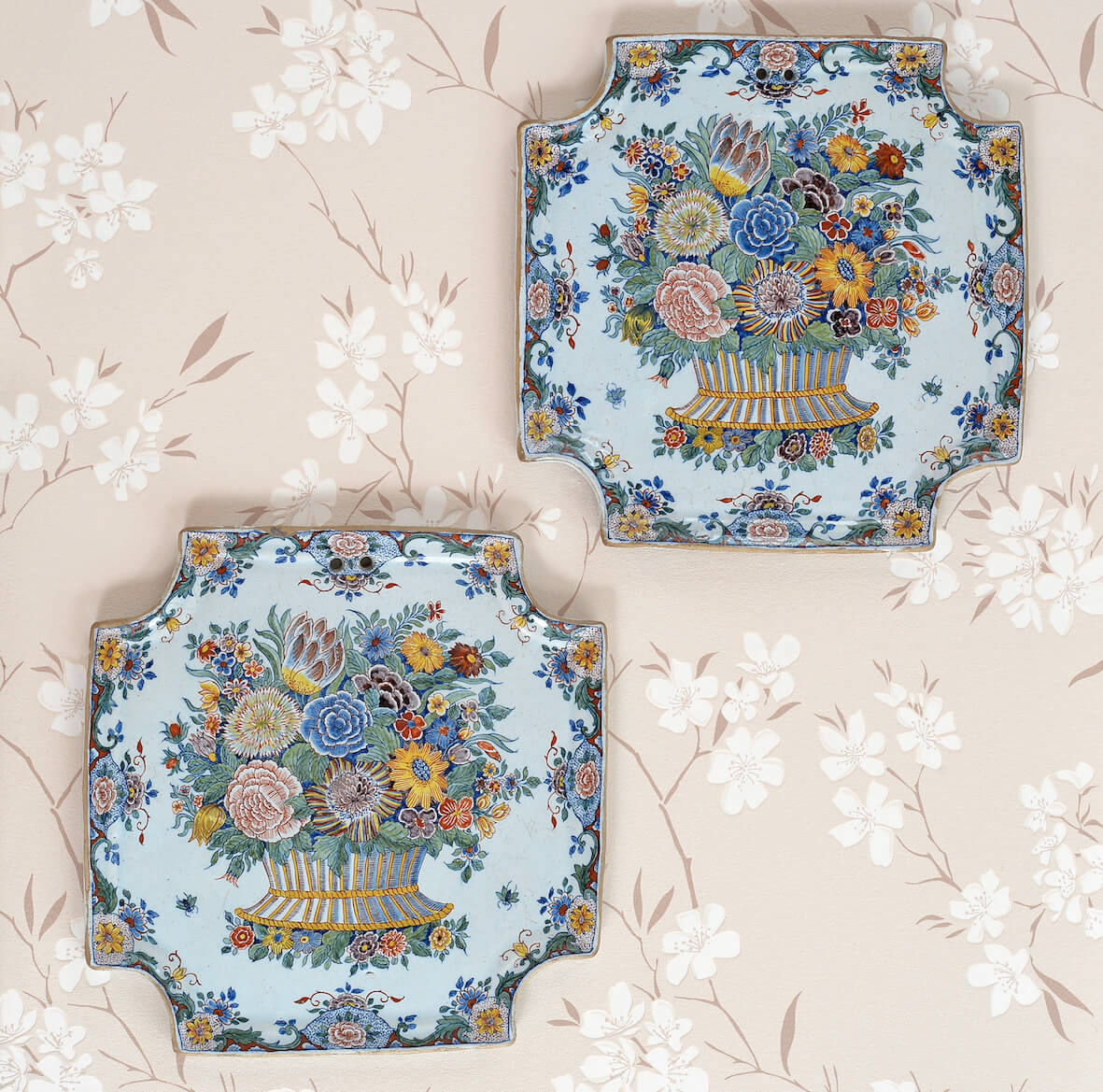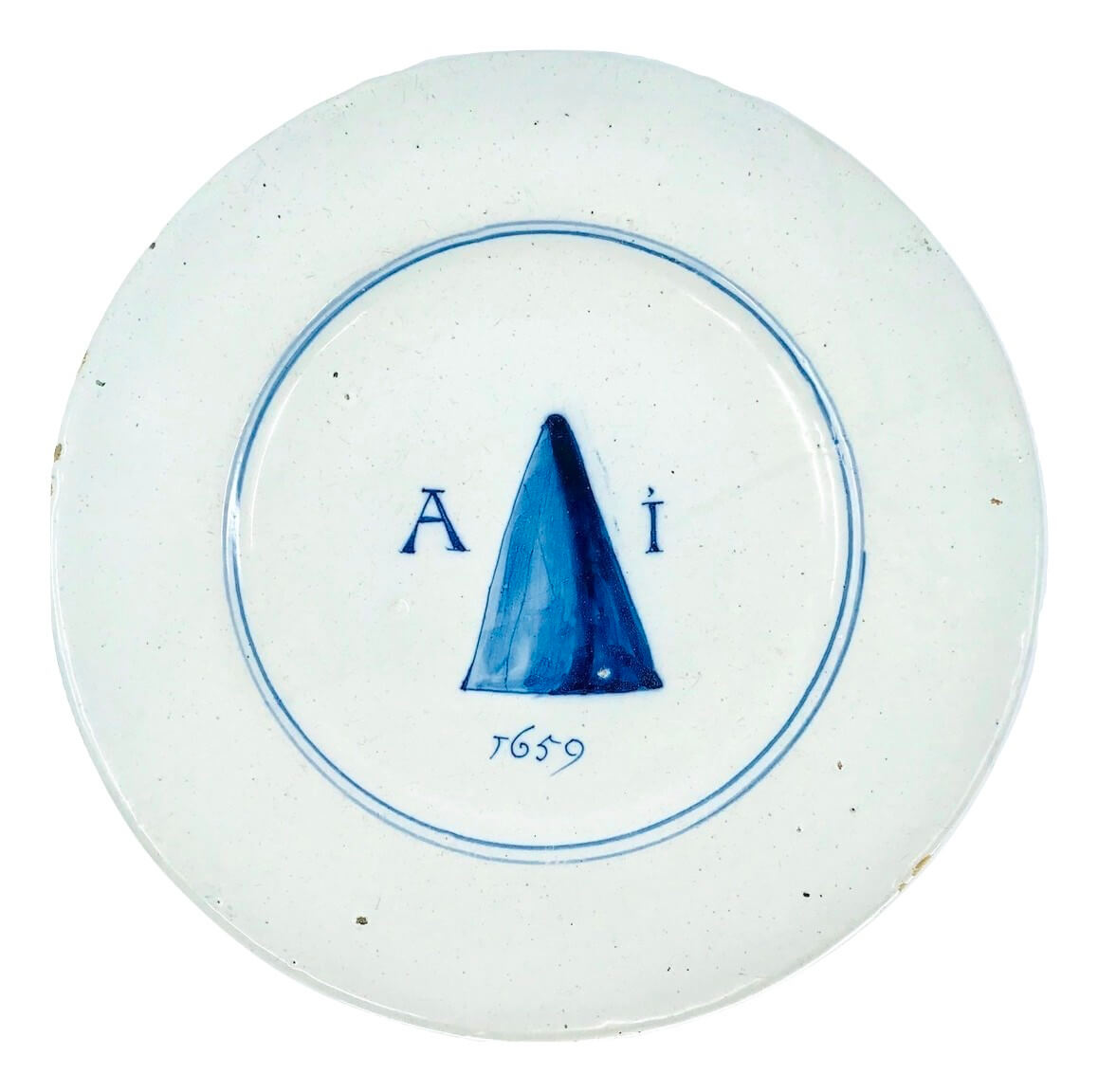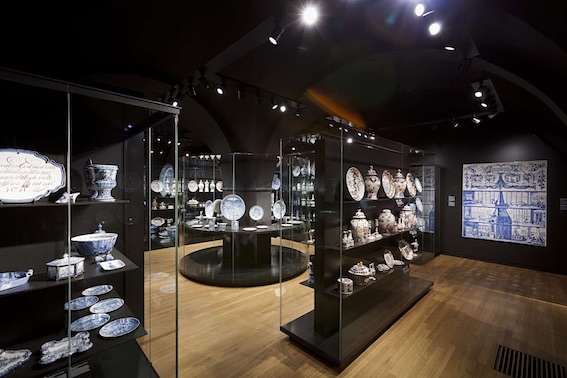Delftware in Seventeenth-Century Paintings
Although porcelain features in hundreds of seventeenth century Dutch still life paintings, paintings portraying Dutch Delftware are more rare. During the seventeenth century Dutch artists had easier access to Chinese porcelain, which was imported to the Netherlands by the Dutch East India Company (VOC) at the beginning of the century. Meanwhile, the production of Delftware…

